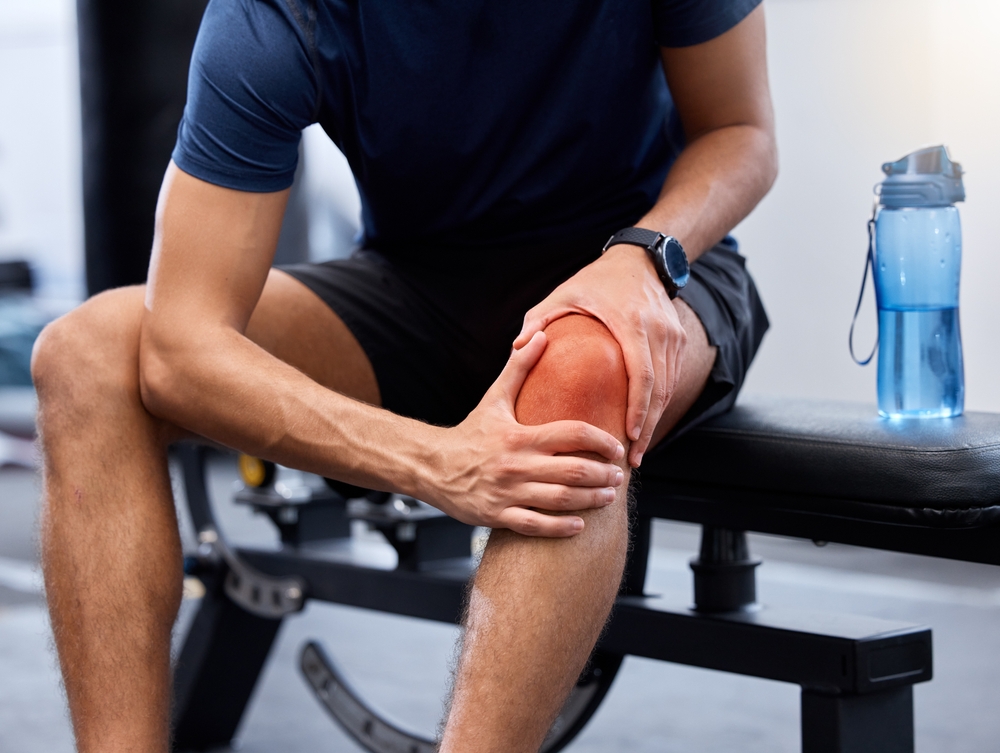What does it mean to blow out your knee? Many of us have heard our knees crack when we get up from a kneeling position while gardening. That’s not it. Maybe you felt that twinge in your knees when standing up after sitting for a while. Not it either. Let’s just say you will know it when and if it happens. Let’s give you some examples you never want to experience.
Snap, Crackle, And Pop
That’s not the sound of your favorite cereal? That’s what you might hear if you really blow out your knee. And ouch!
A blown knee is a more traumatic knee injury that usually occurs while playing sports. It is also referred to as the terrible triad or O’Donoghue’s triad. Ligaments provide stability to the knee joint, but they aren’t stretchy. If extended out too far, a tear or even rupture can occur. As soon as you suspect a blown knee, contact board-certified knee surgeon George Theodore, MD.
The unhappy triad refers to damage to three of the four ligaments located in the knee, and it is common in football injuries.
They include the following:
- Anterior Cruciate Ligament (ACL) – Positioned diagonally across the inner knee joint, the ACL provides crucial stability.
- Medial Collateral Ligament (MCL) – Serving as a barrier, the MCL safeguards against excessive inward bending of the knee.
- Medial Meniscus – Nestled within the inner knee, the medial meniscus, a form of cartilage on the tibia, plays dual roles as both a shock absorber and stabilizer.
What Causes a Blown Out Knee?
These injuries can happen when a strong force impacts the lower leg while the foot remains firmly planted, causing the knee to be pushed inward.
This scenario could occur when football cleats are firmly on the field and the outer knee receives a powerful impact.
Similarly, in skiing, if a ski fails to unbind during a fall, the ankle’s limited mobility within the ski boot can lead to twisting of the knee, potentially resulting in ligament rupture.
Results: a blown knee which takes months to heal.
What Are Symptoms of a Blown Knee?
Symptoms come on immediately after the injury. They include:
- Significant swelling
- Severe pain on the inside of the knee
- Difficult to move or put weight on the knee
- Stiffness and feeling like the knee is locked
What to Do After a Blown Knee
During the first 48 to 72 hours after a knee injury you should practice the following:
- Protect the knee from any further injury.
- Rest and apply an ice pack to reduce swelling.
- Be sure to elevate your knee as much as possible.
- Call Dr. Theodore as soon as possible.
Contact Dr. George Theodore for an evaluation and diagnosis in Boston to learn your treatment options. Give us a call at (617) 724-7009 today to get started, or request an appointment through our secure online form.
Sources: What is a Blown Knee and How to Recover | Treasure Valley Hospital
Unhappy Triad, Blown Knee: Symptoms, Causes, Treatment, Recovery (healthline.com)




